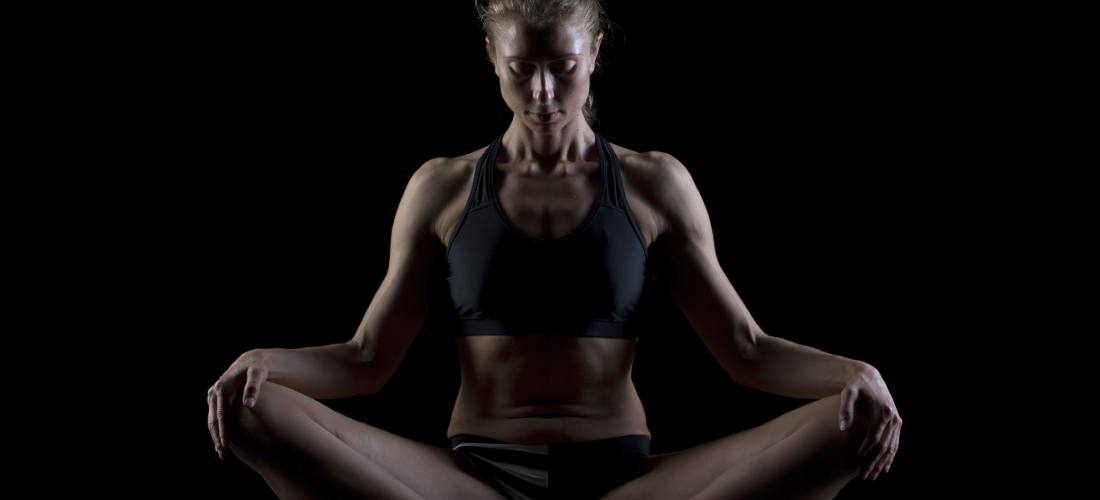
High Performing Desk-letes
All of our patients are athletes, in one form or another. To proceed through your day without injury it takes trained athletic movements to perform typical activities of daily living. When Posture Experts start treating their “normal” patients as “high performing industrial athletes,” everything changes.
Just as every step of a pro golfer’s swing is critical to hit a long drive, every step of a desk-lete’s job related activities are important in reaching their business goals. Sitting down is squatting not plopping, and walking is functional not sluggish.
The human body was designed to perform complex movements, to resist physical stressors, to run fast, and to stay grounded and balanced against gravity. We were designed to be athletes.
To increase natural athleticism, focus first on aligning the postural framework of the body during static positions such as prolonged sitting and prolonged standing. Once the desk-lete can perform these tasks with proper postural design, focus on adding complex dynamic movements into the patient’s postural rehabilitation protocol.
3 Moves Every Desk-lete should Master
Just because we are designed to be athletic, doesn’t mean your patients won’t experience discomfort or fatigue when starting a new postural rehabilitation program to improve their human functional movements. We were designed to move and yet most people have moved as little as possible throughout their life.
When beginning a postural correction plan it will be a new stimulus to the body that has been trained to be sedentary. Don’t let your patients get discouraged, as they develop postural fitness their ability to actualize their natural athleticism will emerge.
The basic movements of human function listed below simulate motions that humans perform on a normal basis. If the patient cannot perform these motions correctly, they are prone to injury or chronic pain caused from repetitive micro-trauma.
1) Squats: The inability to perform a squat in your office means the patient can be injured when getting up from a chair or when squatting down to sit on a chair.
While the patient is performing a squat, evaluate the patient to see if they perform any of the following common postural faults:
- Knees forward: the shins should stay vertical with the knees over the ankles
- Shoulders instability: the shoulders should be back and not collapse forward when squatting down
- Anterior pelvic tilt: this occurs as the patient loses the ability to maintain a neutral position of the pelvis. It is evident with a lordosis of the lumbar spine.
- Cervical extension: patients will commonly look up while performing a squat. Their eyes should be parallel with the horizon.
2) Deadlifts: The inability to perform a deadlift means the patient is more prone to injure themselves when bending forward and lifting an object from the ground.
While the patient is performing a deadlift, evaluate for the following postural faults:
- Rounded spine: as the patient bends forward to perform a deadlift, they should bend at the hip joint, there should be no visible rounding of the thoracic spine.
- Cervical flexion or extension: the cervical spine should stay in a neutral position throughout the movement. Cervical flexion or extension is considered a postural fault.
- Lumbar lordosis: the hips should be in neutral position without an anterior pelvic tilt to begin the exercise. When the patient comes up, the movement should happen at the hips with the back straight and contraction of the core musculature.
3) Scapular Retractions: Being unable to perform a scapular retraction means that the patient has improper muscle activation and an unsupported spine when pulling an object toward them.
While the patient is performing a scapular retraction, evaluate for the following postural faults:
- Cervical flexion or extension: as the patient loses the strong neutral position of the cervical spine, the upper thoracic position and shoulders shift forward.
- Shoulder instability: the shoulders should be back with a straight spine.
Elbows out: the forearm and the elbow should stay parallel to floor, and pulled in close to the body. - Anterior pelvic tilt: this occurs as the patient loses the ability to maintain a neutral position of the pelvis. It is evident with a lordosis of the lumbar spine.











